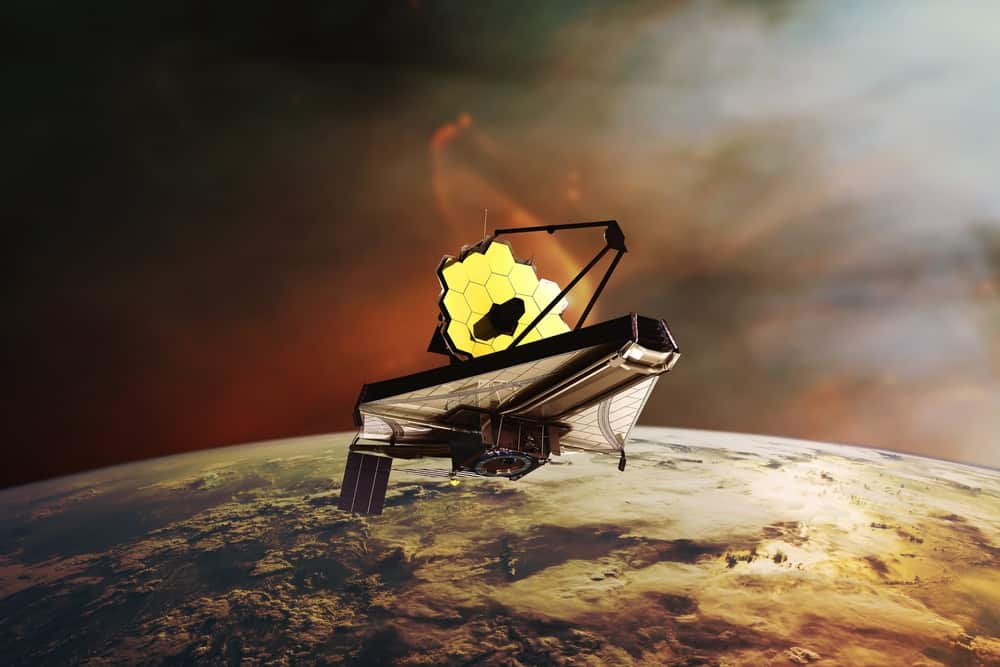James Webb gets the deepest view ever of interstellar ice

An international team of researchers has used data from the James Webb Space Telescope (JWST) to study ice in interstellar clouds, providing new insights into chemical processes in one of the coldest and darkest areas in the universe.

Published in the magazine Nature astronomy on Monday (23), the study found that these ices have been forming over billions of years, since the earliest moments of the universe. They contain biogenic elements important for life.
With his 6.5-metre-wide mirror optimized for infrared light, Webb was able to capture the densest and darkest clouds in the universe for the first time. Thus, the team was able to study the ices that exist on the dust grains within these clouds, which are shielded from the strong radiation of nearby stars and thus remain intact.
As highlighted on the website Observer newsone of the main findings of the study is that most interstellar ice contains very small amounts of elements such as oxygen and sulfur.
In trying to understand the lack of sulfur in these ices, the team proposed that the element may be trapped in reactive minerals such as iron sulphide.
According to the authors, the implications of this discovery are far-reaching, as it could help explain where sulfur is stored in our Solar System and how it is incorporated into planets that could harbor life.
The discovery could also help understand the molecular origins of protoplanetary disks, planetary atmospheres and other objects in the Solar System.
The post James Webb Gets Deepest View Ever into Interstellar Ice first appeared on Olhar Digital.
Source: Olhar Digital
Leave a Reply